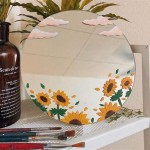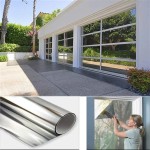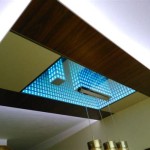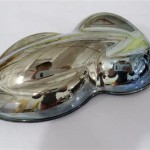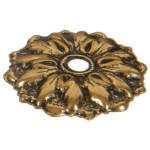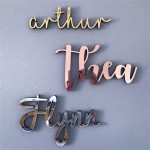Types of Mirrors and Their Essential Aspects
Mirrors, indispensable tools for self-reflection and everyday utility, come in a myriad of types, each with its unique characteristics and applications. Understanding the different types of mirrors is crucial for selecting the most suitable mirror for your needs.
Plane Mirrors
Plane mirrors, also known as flat mirrors, provide a true and undistorted reflection of objects. They are flat, smooth surfaces that reflect light in a straight line, preserving the size and shape of the image. Plane mirrors are widely used in everyday settings, such as dressing mirrors, bathroom mirrors, and vehicle rearview mirrors.
Convex Mirrors
Convex mirrors, also referred to as diverging mirrors, have a curved surface that bulges outward. They reflect light in a manner that makes objects appear smaller and farther away than they actually are. Convex mirrors offer a wider field of view, making them ideal for use in traffic mirrors and security surveillance systems.
Concave Mirrors
Concave mirrors, or converging mirrors, feature a curved surface that curves inward. They concentrate light, causing objects to appear larger and closer than they are in reality. Concave mirrors are commonly employed in telescopes, headlights, and dental tools for illuminating the oral cavity.
Fresnel Mirrors
Fresnel mirrors are specialized mirrors made up of concentric grooves or ridges etched into a thin, flexible material. These mirrors redirect light in a similar manner to traditional mirrors but are significantly lighter and thinner. Fresnel mirrors find applications in projection systems, stage lighting, and compact devices like smartphones.
Dichroic Mirrors
Dichroic mirrors are unique mirrors that selectively reflect and transmit light based on its wavelength. They consist of multiple thin layers of alternating materials with varying refractive indices. Dichroic mirrors are utilized in optical instruments, fiber optics, and color correction applications.
Two-Way Mirrors
Two-way mirrors, often referred to as semi-reflective mirrors, are designed to allow light to pass in both directions while providing a reflective surface on one side. They are constructed with a thin layer of metal or dielectric material that selectively reflects and transmits light. Two-way mirrors are commonly used for surveillance and observation purposes, such as in interrogation rooms and observation decks.
In conclusion, the diverse types of mirrors available offer a range of functionalities and applications. Whether for self-reflection, object magnification, traffic safety, or optical instruments, there is a mirror tailored to meet your specific needs. Understanding the characteristics and advantages of each mirror type empowers you to make informed choices for your mirror-related endeavors.

Difference Between Mirror And Lens Types Important Questions

Types Of Mirrors Plane And Spherical Their Uses

Difference Between Mirror And Lens With Examples

Spherical Mirrors

Mirror Reflections Learn Important Terms And Concepts

Spherical Mirror Structure Types Terminologies

Diffe Types Of Mirrors And How To Choose Right Mirror For Your Space

Reflection Of Light By Spherical Mirrors Mirror S Types Physics Lessons Basic Learn

Plane Mirror Stickman Physics

What Is The Difference Between A Mirror And Lens Avantier Inc

